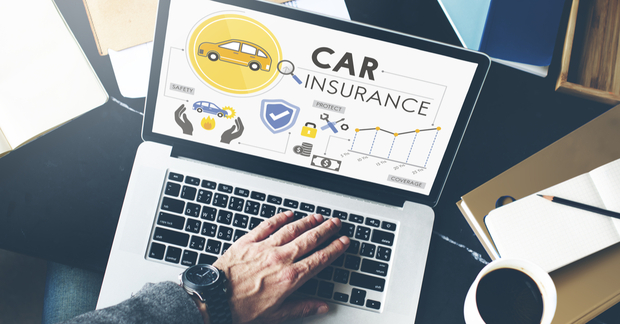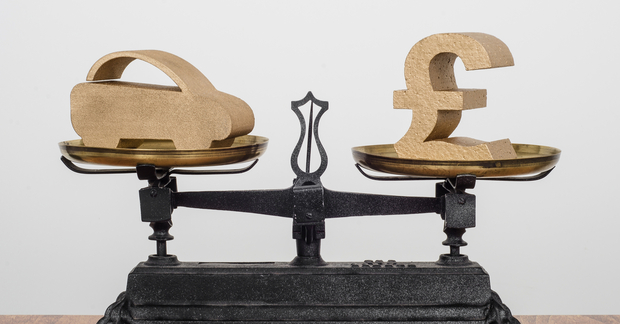Company car vs car allowance, what's the difference?

Due to the increased cost of living, employees are focusing more on benefits and perks in addition to salary, so it's important to check that your offerings are still current. You can do this by reviewing your employee benefits provider. During this time, it's also a good idea to confirm if your car benefits are still meeting your employees' needs. For example, if your allowance covers PCP.
By allowing employees to select a new car with PCP, they are more likely to get the car at a competitive rate. PCPs also offer increased flexibility as the scheme only covers the vehicle's depreciation throughout the agreement rather than its full value. When the customer reaches the end of their agreement, they can either hand the keys back, buy the vehicle, or begin a new PCP.
Reassurance and insurance
![Car insurance policy for a company car]()
Employers with a fleet of cars can offer their people a cheaper option when considering tax savings and salary sacrifice schemes compared with straight-up monetary repayments and any initial upfront costs.
Suppose a cash alternative is made readily available to employees. In that case, a new HMRC tax regulation will be triggered, meaning employees will be taxed on higher Benefits in Kind (BiK) on the cash allowance. There will also likely be implications for NI payments for the employer too.
Personalisation vs. unification
![Vehicles available via company car allowance]()
Another factor is branding. Image and operating cost decisions play a huge part in the selection process. This often restricts certain makes, models, and body types, such as convertibles, or, for environmental reasons, certain emission brackets and fuel types.
However, cash allowances depend on the employee directly sourcing their vehicle from a dealership or website, which can be time-consuming. To avoid such complications, management should be mindful of this when considering a cash allowance — especially in smaller teams. As the rates of BiK tax change every tax year, employers must be vigilant or risk reimbursement costs to their employees.









Share